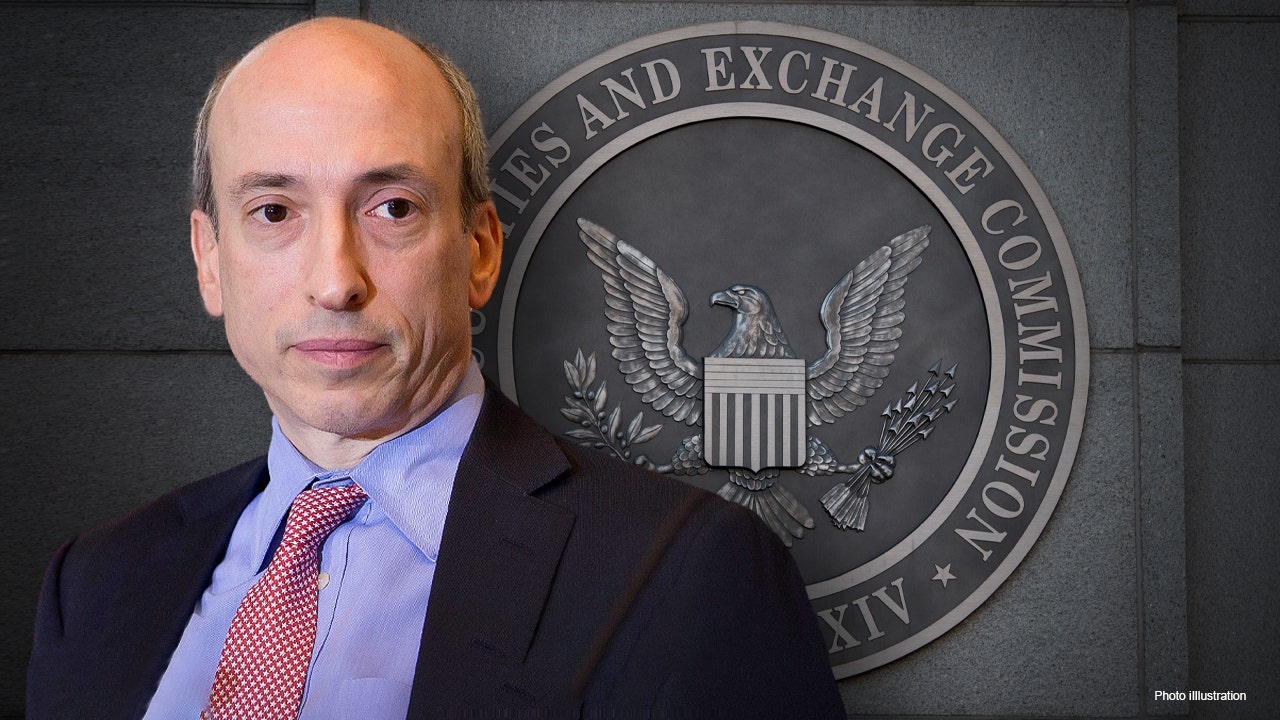Stuck in Space: Boeing Astronauts Face Six-Month Extension on ISS Mission

Two veteran astronauts, Barry "Butch" Wilmore and Sunita "Suni" Williams, will remain aboard the International Space Station (ISS) for an additional six months, significantly extending their original mission which was intended to last just over a week.
The unexpected extension arose after issues with the Boeing Starliner spacecraft, which carried the astronauts to the ISS in June, led to a decision to return the craft to Earth without them. These issues included problems with the thrusters and a helium leak.
Wilmore and Williams are now scheduled to join the delayed SpaceX Crew-9 mission for its six-month rotation, which is currently slated to begin on 24 September. However, this launch date is subject to change, potentially further extending their stay in space.
While the news of their extended stay has provided a timeline for their return, it initially left the astronauts' future uncertain. They are expected to return to Earth with Crew-9 in late February, assuming everything goes according to plan.
Both Wilmore and Williams are experienced astronauts with prior spaceflights and military backgrounds, making them well-equipped to adapt to unexpected situations. Mike Massimino, a former NASA astronaut, commented that, "In their career as military aviators, they've had plans change and know how to be flexible."
Life Aboard the ISS: Science, Maintenance, and Unexpected Adventures
Despite the unplanned extension, Wilmore and Williams have seamlessly integrated into the ISS crew, contributing to ongoing research and station maintenance. During their time aboard the orbiting laboratory, they have participated in experiments investigating fluid physics, plant facility maintenance, robotic operations, and Earth observations.
One particular experiment focuses on overcoming the challenges of watering plants in a microgravity environment. "Providing adequate water and nutrition to plants grown in space is critical as missions expand in low Earth orbit and beyond to the Moon and eventually Mars," NASA stated.
Routine maintenance tasks are a daily occurrence for the astronauts, as the ISS relies on various systems to support human life in space. These systems, including fans, air conditioners, communications equipment, and carbon dioxide removal systems, require regular upkeep.
Former NASA astronaut and ISS commander Terry Virts explained, "There's a constant to-do list. Literally every day of your life on the space station, or almost every day, there will be some kind of maintenance. Fix the toilet or change out a fan or light bulb."
Life Continues: Exercise, Hobbies, and Family Connections
While their mission has been extended, Wilmore and Williams still enjoy the familiar routines of life in space. They maintain a regular exercise schedule to combat the effects of microgravity and have time for leisure activities like reading and photography.
The astronauts have documented their experiences with stunning photographs of Earth, capturing auroras, sunrises, and sunsets from their unique vantage point.
The astronauts also remain connected to their loved ones through email, phone calls, and video conferencing.
A Shared Experience: Astronauts Face Unforeseen Challenges
Virts has firsthand experience with unexpected mission extensions. During his 2015 ISS mission, his stay was extended from 169 days to 200 days after a Russian cargo spacecraft malfunctioned and burned up in the atmosphere. This left him uncertain about his return date and the impact on his family, as his son was learning to drive and they had planned summer travel.
Virts acknowledges the challenges faced by families during long-duration space missions, noting that astronaut spouses often become single parents while their partners are in orbit. However, he believes that Wilmore and Williams might have viewed the initial news of their delayed return with a sense of optimism, seeing it as an opportunity to experience space for a longer period than their initial, eight-day trip would have allowed.
Space Travel's Uncertainties: A Part of the Adventure
The unexpected delay in the Boeing Starliner mission highlights the inherent risks and uncertainties associated with space travel. However, NASA and Boeing prioritised the safety of the astronauts by bringing the Starliner back without them, despite the added complexity and logistical challenges.
Massimino emphasizes that while they are confident in the Starliner's ability to return safely, the presence of astronauts increases the stakes and necessitates a more cautious approach.
Virts acknowledges that unforeseen delays and issues with spacecraft are a reality that all astronauts face, but he believes Wilmore and Williams were prepared for this possibility, as it is part of the inherent risk associated with exploration. "I'm sure that the two Boeing astronauts knew that this might happen," he said. "You never know. It's space travel. Things happen."
Ultimately, while the unexpected extension of their mission has presented new challenges and adjustments for Wilmore and Williams, they are well-equipped to navigate these challenges and continue contributing to the mission's scientific goals. As they continue their journey aboard the ISS, the astronauts are experiencing the unexpected beauty and complexities of space travel, while also showcasing the resilience and adaptability of human exploration.





